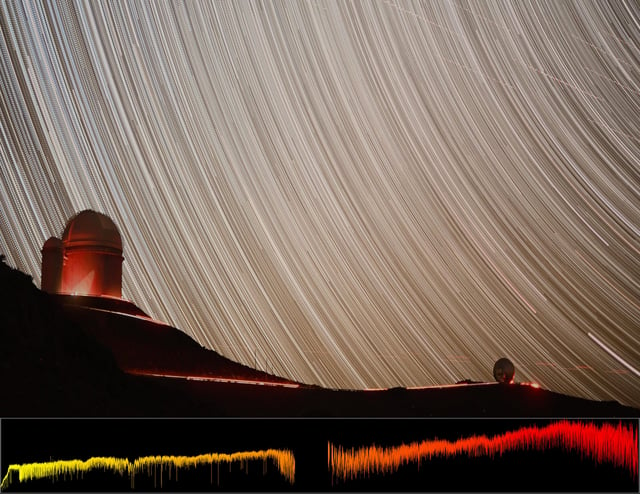Overview
- Five peer-reviewed studies in Astronomy & Astrophysics detail NIRPS’s on-sky performance metrics alongside its first scientific results
- The AO-assisted fibre link and thermal control system maintain 1 mK stability and deliver spectral resolving power up to 90,000 to achieve sub-m/s radial-velocity precision
- Concurrent observations with visible-light HARPS provide unmatched spectral coverage, making NIRPS one of ESO’s most requested instruments
- Consortium scientists confirmed Proxima Centauri b with record accuracy and identified evidence for a second, less massive planet in the same system
- Atmospheric analyses reveal a comet-like helium escape tail on WASP-69 b and point to a hydride anion masking iron signatures in WASP-189 b’s near-infrared spectrum
